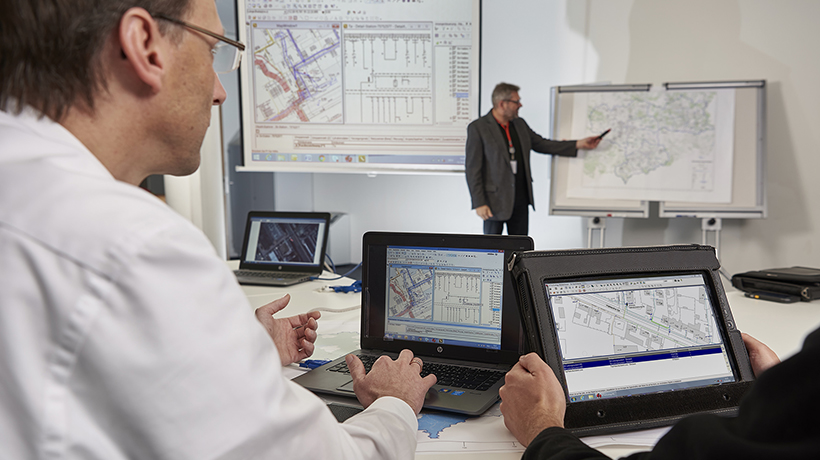The grid system of yesterday is evolving into a system with new grid-connected equipment, new players, new expectations and new technologies. These emerging factors are changing the way we look at our network model. We are realizing that a GIS model, based on spatial location, does not meet the modeling and simulation standards that we need today. The result is the utility organization often maintains multiple versions of the same model.
At Hexagon, our goal is to have tools that enable the enterprise network model to simulate the network as it was built in the field. Let me share with you four reasons why real-world modeling is important:
- Real-world models easily communicate with other systems. The connectivity of the model must match how it is connected in the real-world, so decision making can be based on information.
- Real-world models provide a complete view of the system. This complete view provides better coordination across the enterprise. The complete view also provides better continuity between planning and operations.
- Real-world models provide a better understanding of the system. As planners and engineers execute more power flow-based simulations, a better understanding of how the system works is realized.
- Real-world models manage risk. Real-world models help us identify weaknesses in the system and design measures that prevent those weaknesses from materializing or reduce the impact of the weakness when they happen.
Hexagon’s enterprise network model solution allows the utility to model the network as it is in the real world. By utilizing a logical connectivity model, superior to a GIS-based geometric model, utilities can benefit from all four reasons listed above. Hexagon’s robust data model allows for different views of the same enterprise network model. The geographic view, while well suited to show assets within a flood region or proximity to an environmentally sensitive area, limits what can be shown in detail. For example, what does the connectivity look like within a switch gear, a vault, manhole or substation? The Hexagon solution also provides a detail view to show the inner workings of those areas. The details are intelligent, meaning they utilize the same logical connectivity model, so the flow of electricity is simulated as one moves through the entire model. Lastly, by utilizing an open database with no middleware, the network can be shared with other systems as views which contain the information required by those systems. Through standardized web services, the model can easily be visualized in a variety of systems.
I recently read that the idea of a GIS being the source of truth for an enterprise network model is a lie. I couldn’t agree more. The network should be modeled as it was built in the real-world through an enterprise network model solution and the GIS is simply one of the many views of the data.
As the utilities industry steps into its next phase, gone are the days where we keep multiple versions of our network. If you’re at DistribuTECH, stop by booth 10742 and let’s continue our discussion on enterprise network models.















